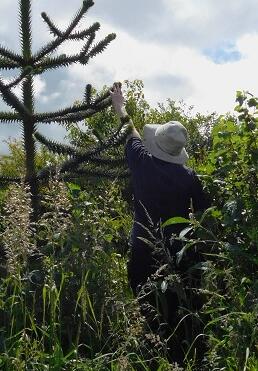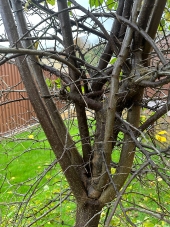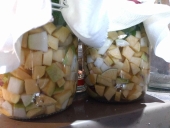

 A graduate scientist turned automotive engineer, currently running a small shop and growing plants on Skye: turning a sheep field into a food forest.
A graduate scientist turned automotive engineer, currently running a small shop and growing plants on Skye: turning a sheep field into a food forest.Kate Downham wrote:I am not quite sure what to make of the OP’s claim that tiny solar electrical systems will leave you “very disappointed, cold, hungry, and in the dark.”. IMO it’s never a wise idea to rely on solar electrical for cooking or heating. There are way more efficient ways to heat and cook, using homegrown wood, solar passive design, or electricity-free solar cooking.

Jay Angler wrote:How do you use brush as mulch without chipping it first?
 Here's my examples : https://permies.com/t/264888/Brush-pile-garden-bed-creation and there's a BB for that: https://permies.com/wiki/108150/pep-animal-care/Brush-Pile-PEP-BB-animal#884510
Here's my examples : https://permies.com/t/264888/Brush-pile-garden-bed-creation and there's a BB for that: https://permies.com/wiki/108150/pep-animal-care/Brush-Pile-PEP-BB-animal#884510


paul wheaton wrote:I want people to not burn brush. That organic matter is a brutally valuable resource. Transform that material into hugelkultur, rocket mass heater fuel, mulch (but without a chipper), junk pole fence ... there are dozens of good uses. Better uses.


